“Ride a bike, ride a bike, ride a bike,” the words of ‘il Campionissimo’ — ‘champion of champions,’ Fausto Coppi when asked to give advise about training.
The same advice holds still holds good for the 21st century, but it’s a tad more sophisticated in these cyber days.
Perhaps the leading exponent of ‘training by power’ is Hunter Allen, kingpin of Training Peaks software and coaching.
Whilst he was over in the UK to visit disciples Dan Lloyd and Dan Fleeman (both Cervélo Test Team recruits and recent interviewees) he took time to talk to us about training on a more sophisticated level.
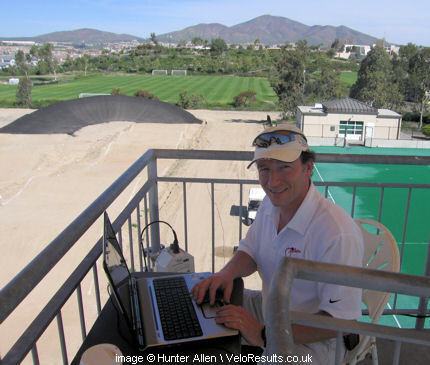
What’s your background, Hunter?
“I started racing BMX when I was 11 and then moved through mountain biking to the road; I raced amateur in France then had two seasons as a pro with Navigators in the US — ’94 and ’95. When I stopped with Navigators, I was thinking; ‘what am I gonna do with the rest of my life?’ but I was already doing some coaching. One of my clients – who was a student – said to me; ‘I can’t pay you to coach me, but how about I build you a website?’ I said; ‘what’s a website?’ and it all came from there.”
Can you explain the principles of your training methods?
“I call it ‘dose and response’ theory, when training with a power metre you’re able to look at the ‘dose’ of training you did and analyse the ‘response,’ — are you getting better? We can quantify the training load and benefit.
A device is required to accumulate the data; there are five main systems — SRM cranks, Powertap hubs, Quarq cranks, Polar power meters, and the iBike power meters. The iBike actually measures drag co-efficient, so it’s like a poor man’s wind tunnel.
The data from the device is down-loaded to the coach who then emails the training ‘prescription’ back to the rider. Dan Fleeman, for example carries his BlackBerry on the bike with him so he can check what the work-out is; eight hill intervals or whatever.
“We came up with Training Peaks WKO software in 2003 in order to analyse the info from the SRM’s and Polars; up until then no one had done that, we were organising the data to see if improvement was happening and I think we’ve changed the way that people train.”
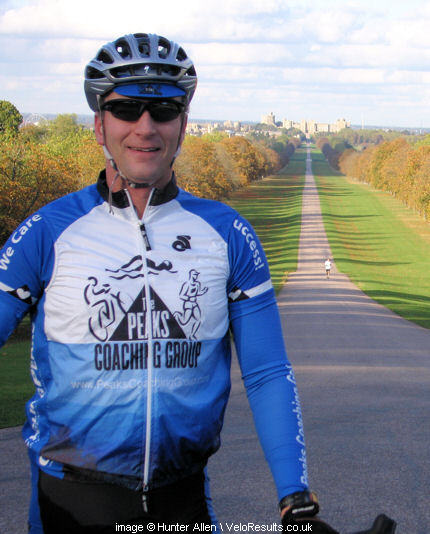
Where did the ideas come from?
“I had ideas from my own training, from listening to team mates and I read a lot of books about the subject. But what does 300 watts look like? How does it feel?
I decided that a system was needed where power output could be analysed and a process developed to use the data.”
How long has it taken to develop?
“I started to train with power metres in 2001 and 2002, but before that I messed around with spread sheets. It started to take off when I had computer literate clients put programmes together for us.”
How many athletes do you coach?
“Personally, around ten, but we have 15 coaches, so the total number is around 300; as well as coaching, I do a lot of lecturing on the subject.”
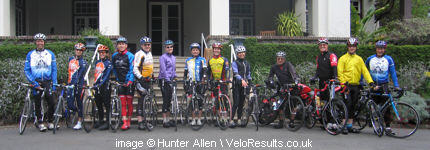
Drop some names, please.
“Over in the UK I have the two Dans, of course and in the States there’s Jeremiah Bishop, the mountain bike pro and we have top triathlon guys too. We work with the US Cycling, the South African Federation and recently two New Zealand coaches came over and spent time with us.”
Biggest successes?
“Co-authoring the book, Training and Racing with Power Metres was very satisfying [buy it from Amazon]. I think we’ve touched a lot of people and helped them learn about what’s best for them in the way they train.”
Can all disciplines of cycling benefit?
“Anybody can benefit — road, track, cross, mountain bike, triathlon. We have world masters champions who we coach; the other day I was talking to someone who is preparing for the masters – he’s 80 years-old!”
What about riders who are ‘racers not trainers?’
“You do get individuals who display numbers which are way higher when racing than they are in training. With that type of individual, you have to two testing protocols, one for racing and one for training and set what’s do-able for training.”
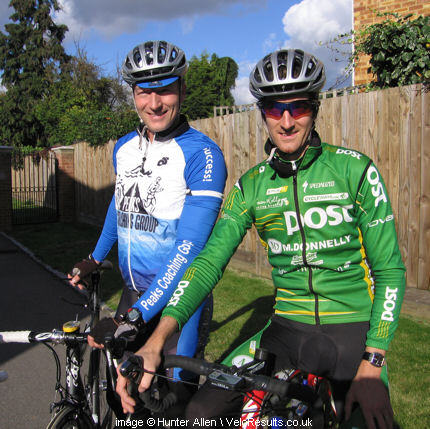
How can you coach with out the seeing, touching — the ‘human touch?’
” That’s a tough one because most of our coaches don’t get to see their athletes that often, having said that — here I am, over to see the two Dans.
Coaching isn’t just all numbers or all psychology, it’s a blend of the two; one of the biggest failures many riders make is not thinking with a champion’s mentality and that’s something that has to be talked about.
I phone my riders at least twice every week, sometimes more, plus we use email and instant messaging to maintain contact.
The data doesn’t lie though, and sometimes you’ll get a rider, who says that he’s tired, but the numbers are saying something else — you get to recognise what your athletes can and cannot handle, very quickly.”
Do you need to be Bill Gates to use the system?
“Not really, but you definitely need to have some computer skills to operate it, maybe not a genius, but it would be difficult for a pure beginner.”
How many times do you think a rider can peak in a season?
“Only one big peak when they are completely on form; you can have two, but the other will not be as high or as long.”
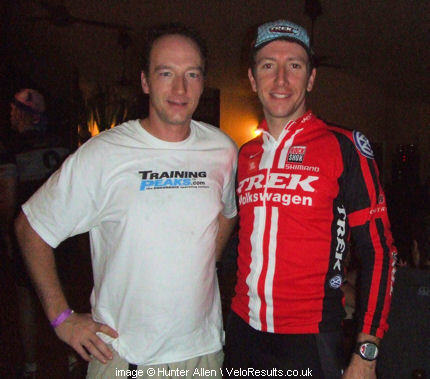
Where do your enquiries come from?
“We advertise in cycling magazines, we’re on Google and I write articles for road magazines in the States.”
What’s your mission statement?
“Our philosophy is that, “we care about your success,” it’s about blending science and empathy — not just numbers.”
What’s you unique selling proposition?
“We have the best knowledge of power training around, we’re the leading experts, we understand the science but we also understand the human aspect — I think that other systems offer one or the other; with us you get both sides.”
The future?
“GPS, linking the terrain that the athlete is riding through to the other data and one that I hope someone is in the process of inventing at the moment — respiration. We have heart rate data, but it would be good if we could also have breathing rate too, that would be very interesting.”
And I thought I’d made a breakthrough, when my buddy showed me how to do ‘attachments’ on my emails!
With thanks to Hunter, and to Dan Fleeman for setting the interview up.



